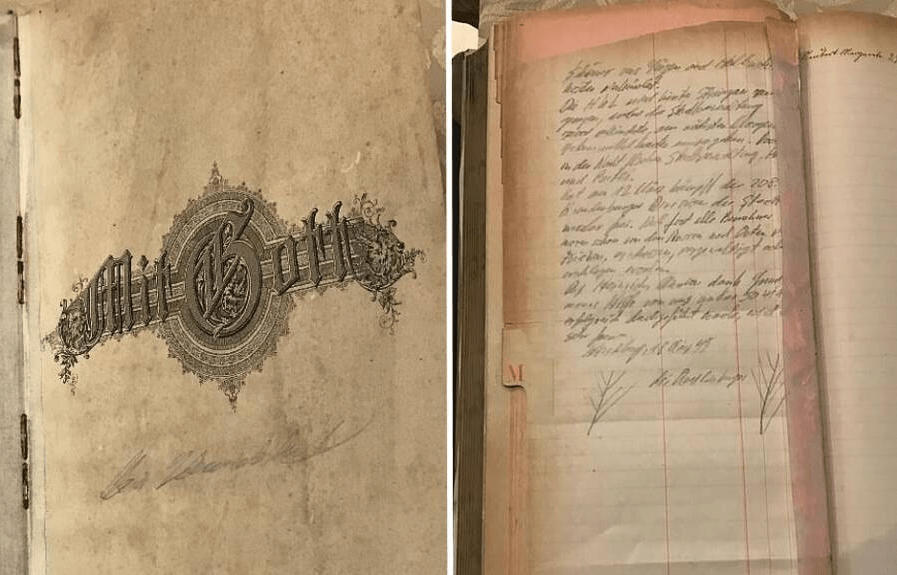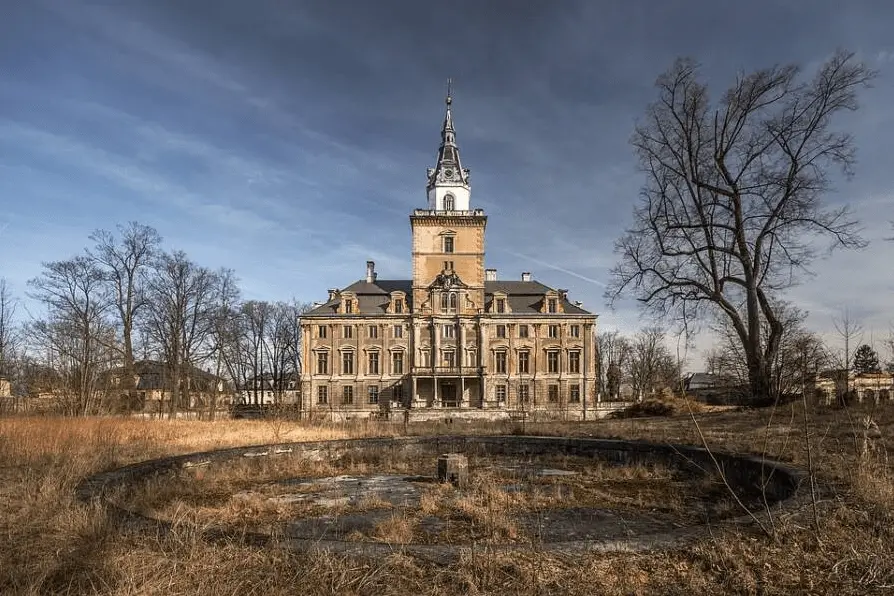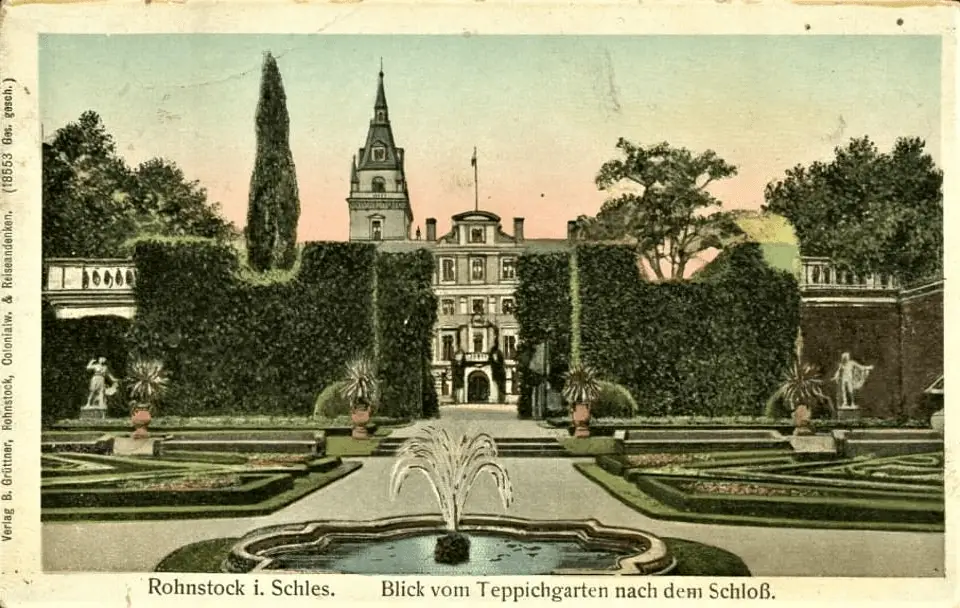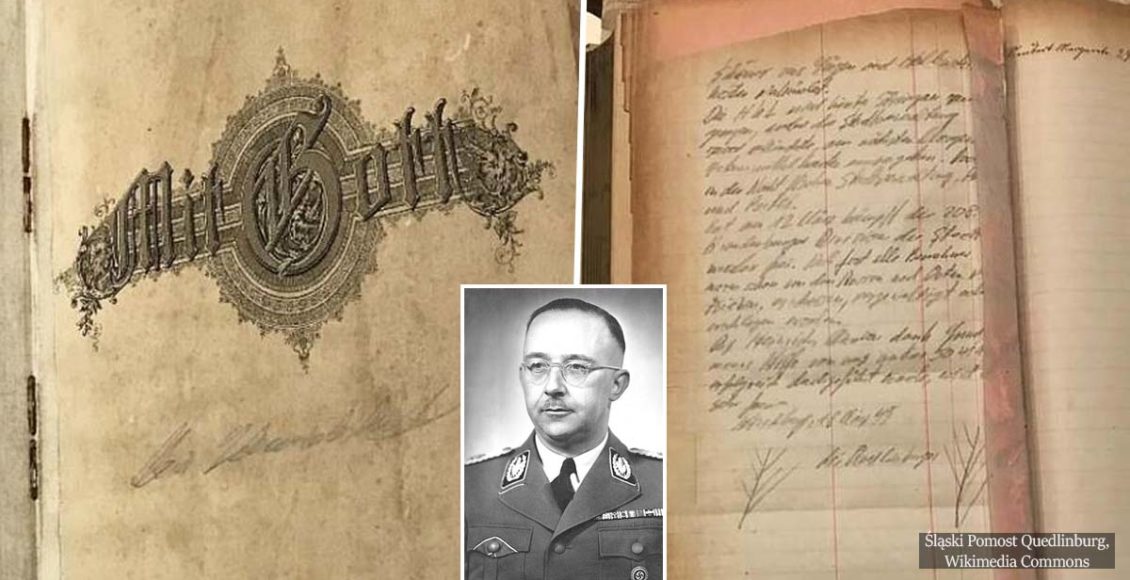A massive stash of Nazi gold could be exposed in a 75-year-old SS officer’s diary. What’s more, the journal lists 10 locations across Poland, Germany, and the Czech Republic where Nazis hid their treasures.

Recently, researchers discovered a diary that belonged to an SS officer. It is believed to reveal one of the possible hidden locations of the Nazi gold – an old castle in Poland. As Daily Mail reports, the stash of gold bars, jewelry, and coins is believed to be sitting 200ft down at the bottom of a destroyed well shaft in the grounds of the Hochberg Palace, near the city of Wroclaw.
According to researchers from the Polish-German Silesian Bridge Foundation, who studied the diary, it contains clues to the whereabouts of the Nazi gold, as All That’s Interesting reveals. Moreover, the analysts suspect the 75-year-old diary was written by SS officer Egon Ollenhauer, who served as a liaison between SS officers hiding the stolen treasure and wealthy SS members who wanted to hide their valuables.

The foundation claims the journal was unveiled from the German Masonic Lodge, known as the Quedlinburg.
In fact, they say that Ollenhauer was a member of the Masonic group, which kept the diary for decades after the end of World War II. Ten years ago, they gave the log to the foundation as a gesture of atonement for their involvement with the Nazis.
Although the diary was authenticated in Germany, it is still not verified by the Polish Ministry of Culture. However, researchers strongly believe that the details inside the SS journal could lead to the uncovering of the hidden treasure looted by the Nazis.
The antique log also reveals that the SS officer worked with the art conservator Gunther Grundmann, who was ordered by Heinrich Himmler to catalog and hide the Nazis’ looted art and assets from the allied troops.
Moreover, at least 28 tons of gold were hidden inside the well on the grounds, along with the bodies of several witnesses.
Unfortunately, the surface of the well was detonated, so the gold may be hidden away forever.
The opening passage of the historic journal reads:
“Dr. Grundmann and his people had already prepared in the grounds of the palace a deep well. The following was placed at the bottom in crates: jewelry, coins, and ingots, many of them were damaged, they had traces of gunfire. After we finished everything, the well was blown up, filled in and covered.”
The treasure buried at Hochberg Palace well could be worth nearly $1.5 billion in today’s currency.
The head of the Polish-German Silesian Bridge Foundation, Roman Furmaniak, is confident that this looted Nazi gold is one of 11 hidden treasures across southern Poland, eastern Germany, and parts of the Czech Republic.
The 16th century Hochberg Palace was owned by the aristocratic Hochberg family. They had been major landowners in Silesia since the Middle Ages.

Currently, the owners of the palace have granted the analysts permission to investigate the well where the treasure may be hidden. They have even set up a perimeter fence and CCTV security in the area. However, the foundation admits that investigating the treasure without approval from the government has been extremely challenging. Therefore, they have decided to publicize their discovery in an attempt to pressure the Polish government to support their work.



